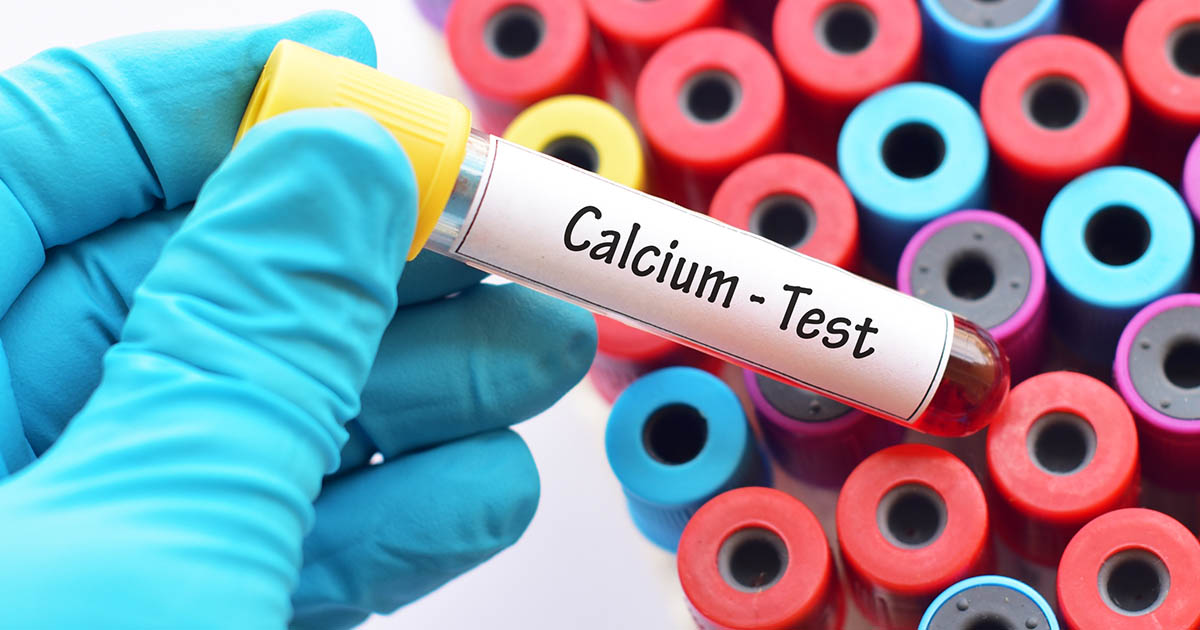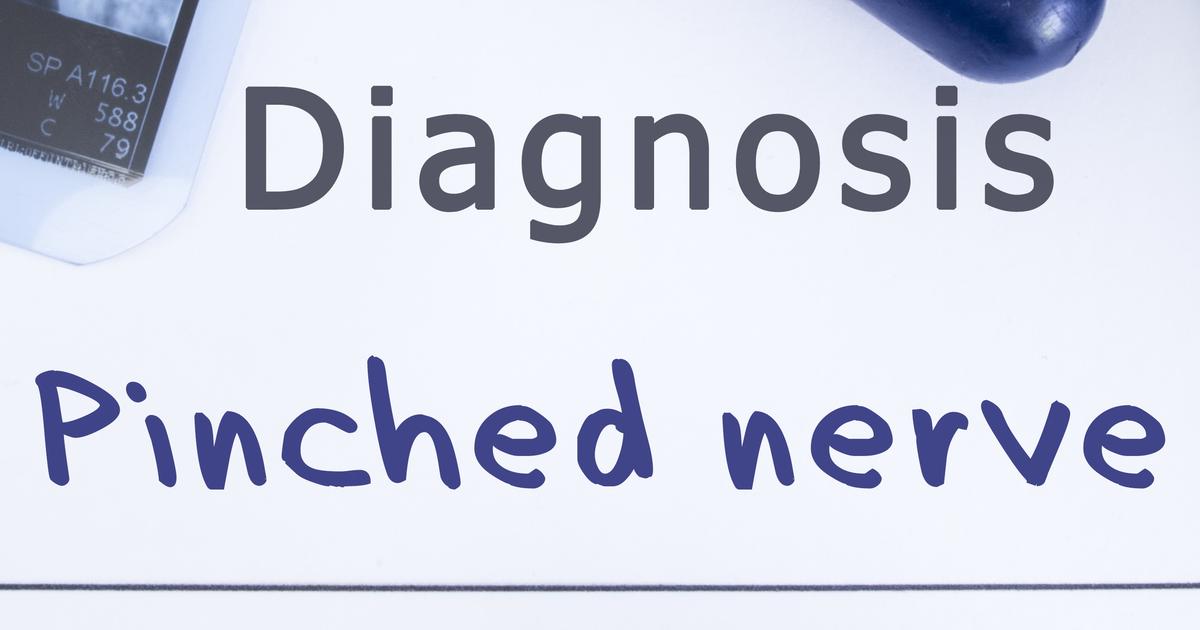Causes And Risk Factors Associated With Muscle Cramps
Muscle cramps occur when one or more muscles suddenly undergo an involuntary contraction. They tend to be painful and can last anywhere from a few seconds to several minutes. Most individuals will experience at least one muscle cramp in their lifetime. The pain from cramping can range from mild to debilitating. The majority of muscle cramps are harmless and pass on their own. However, some temporarily disable the affected muscle, and individuals may not be able to relax or move it.
Treatment for muscle cramps can be fairly simple. Some patients will take a muscle relaxant for cramps. Of course, there is also medication that offers some muscle spasm pain relief. There are other remedies as well, including over-the-counter ointment for muscle cramps. Some individuals will see relief with natural treatments for muscle cramps, including a gentle muscle massage. However, it is vital to understand the risk factors and causes of muscle cramps first! This is how patients can ensure they receive the best muscle cramp treatment.
Pinched Or Compressed Nerves
Pinched or compressed nerves, such as those known as sciatica, can cause muscle cramps. A slipped or herniated disc is the most common culprit of sciatica. Since it has shifted out of place, the disc puts increased pressure on the root of the nerve. When an individual's spinal nerves become compressed, one of the effects is cramping pain throughout the legs. The longer individuals walk, the worse the pain gets. If individuals experience this kind of pain, the best thing they can do is rest until their muscles relax.
However, there are some circumstances where patients have to keep walking, and when this is the case, they should use a mildly flexed position. They should imagine they are pushing a shopping cart and assume the posture they usually would in the grocery store. This can help delay symptom onset, reduce the symptoms currently occurring, and lower the amount of time the cramp lasts.
Read more about the causes and risk factors of muscle cramps now.
Depletion Of Minerals

In addition to needing vitamins, the body needs certain minerals to function properly. Vitamins and minerals make up the majority of essential nutrients. Essential nutrients must be found through an individual's diet because they are necessary for survival. The depletion of minerals can cause muscle cramps and other symptoms. If individuals have a magnesium, calcium, or potassium deficiency, they are more likely to develop leg cramps. Common signs of potassium deficiency are muscle weakness, muscle spasms and cramps, fatigue, digestive issues, heart palpitations, muscle stiffness, tingling or numbness in the extremities, trouble breathing, and unusual mood changes.
Magnesium deficiencies present with muscle twitching and cramping, mental health issues, osteoporosis, muscle weakness, fatigue, high blood pressure, an irregular heartbeat, and asthma. Long-term calcium deficiency can cause symptoms such as muscle issues, fatigue, changes to the skin and nails, osteoporosis, osteopenia, tooth decay, irritated or diseased gums, and depression. Even if patients get these minerals through their diet, diuretic medications can sometimes deplete them. Diuretics are often prescribed for high blood pressure, and they work by eliminating fluid in the body.
Uncover more information on causes and risk factors associated with muscle cramps now.
